No products in the cart yet. Keep shopping.
Gold Star Recyclers – Vilis Family Bakery
Vili's Family Bakery - Gold Star Recycler “I hate waste!” Vili Milisits, South Australian entrepreneur and owner of the iconic Vili’s Bakery, is...
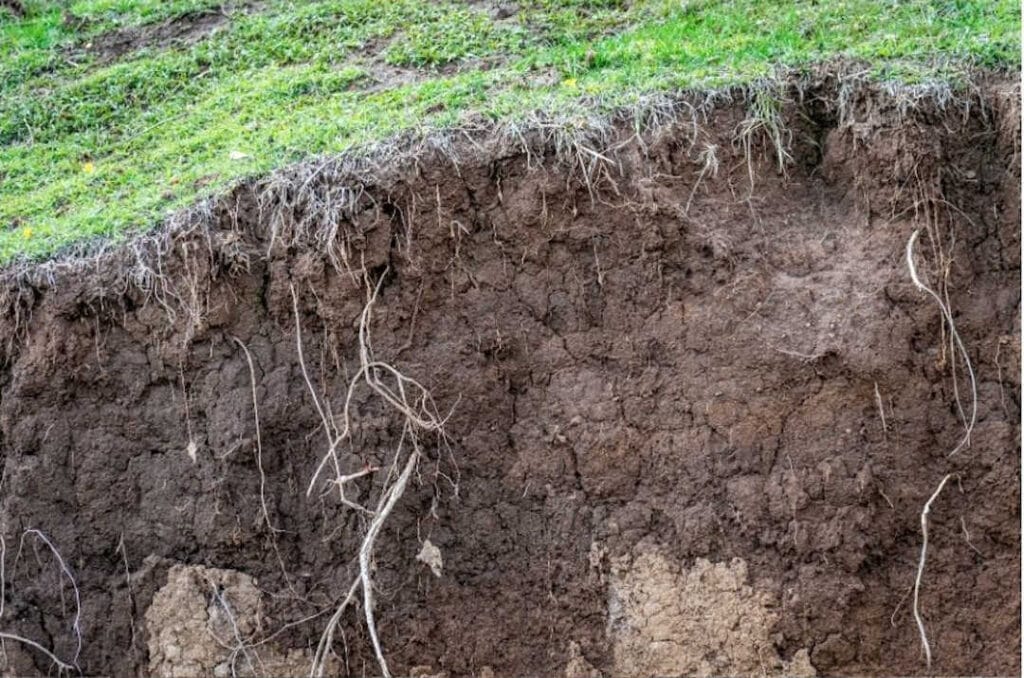
No matter where we garden there is one thing that we all share, an obsession with dirt, or soil to be exact. For our gardens, soil is like the home, the supermarket and the pharmacy rolled into one. If the soil is improved with organic matter then chances are that the garden is good.
Let’s start with what makes good soil.
Good soil:
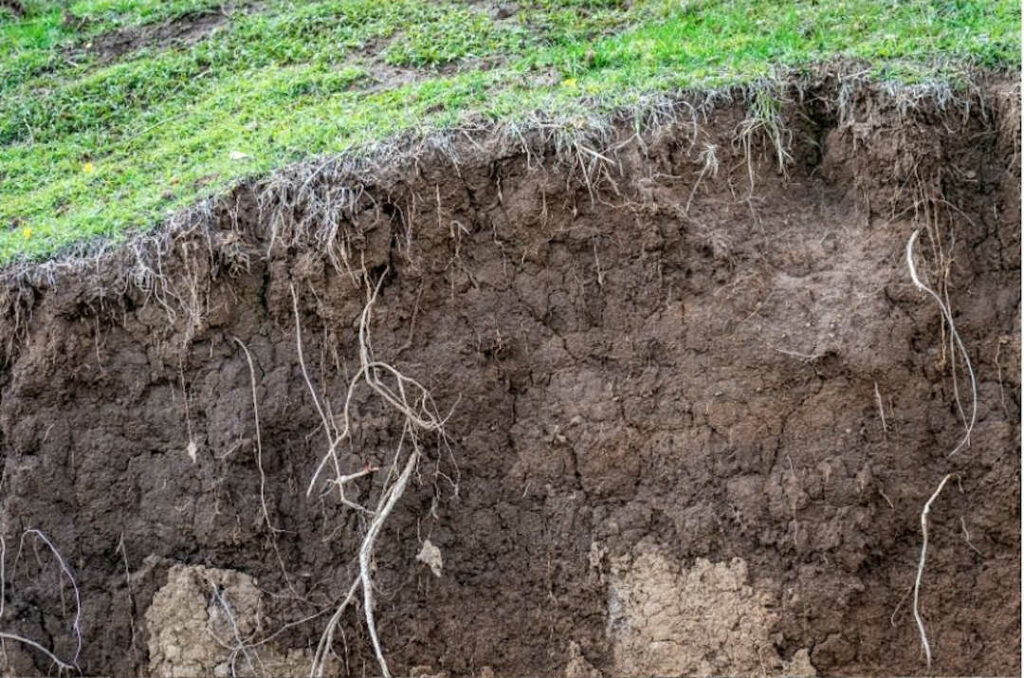
Water holding capacity with good drainage allows the soil to get ‘wet’, hydrates plants, provides a liquid solution for transporting minerals, and also has spaces between the soil particles which means the plants don’t ‘drown’.
Organic matter provides slow release nutrients for our gardens. In particular Nitrogen, Phosphorus and Sulphur as well as microelements critical for plant health.
Soil acidity is important because it affects whether minerals are released for plants to take up. A soil pH of between 6 and 6.8 is where plants can most easily access these minerals. It is worth remembering that as organic matter decomposes the soil pH can be much higher.
The size of the mineral particles can vary enormously from clay which are incredibly small at less than 0.002mm in size through to sand which can be from 0.05 to 2mm in size. Clay (tiny) have good water and nutrient holding capacity, but don’t have air spaces for water and air movement. Sandy soils are the other extreme having large particle sizes and air spaces but have much less surface area to hold water or nutrients). The ideal is a combination of clay/silt/sand which balances the strengths and weaknesses of each and is called loam.
There are some easy tests to do to see what your soil type is.
The first is to see what colour your soil is! Different coloured soil indicates different soil characteristics. We’ve probably all seen gardeners with rich, dark brown soil who can grow anything. That’s because dark brown soil has high levels of organic matter. Other soil colours tell different stories and we will have more next week.
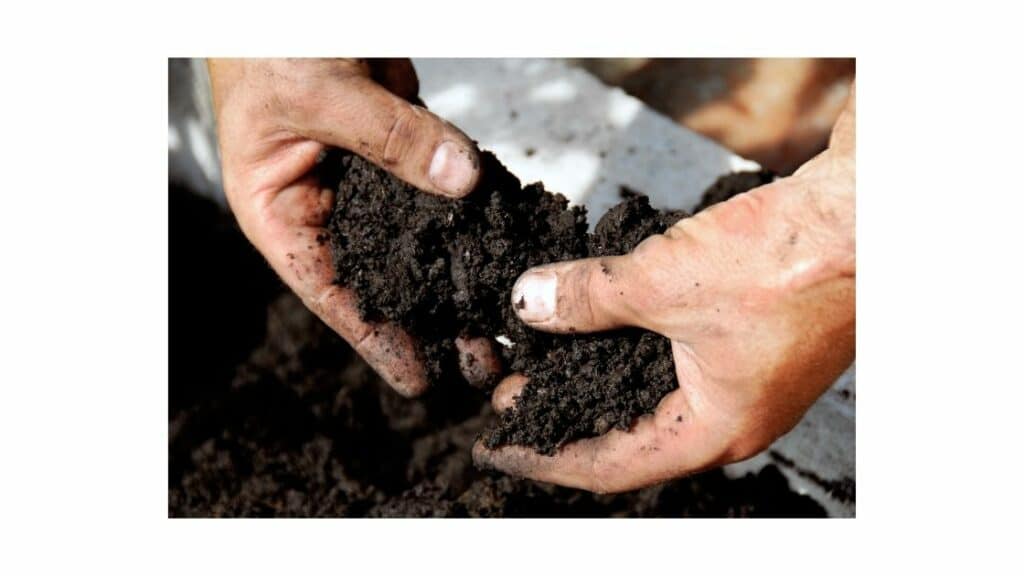
The ribbon test, the ball test, the percolation test can all be done without any special tools. ABC Gardening Australia has easy to follow videos in this episode. https://www.abc.net.au/gardening/factsheets/know-your-soil/9437608 Be wary of at home pH test kits as they have been known to provide inaccurate results if the soil has a large amount of organic matter, such as compost, mixed in. Home test kits can be great for soil that has been in your garden for quite a while but not for a space that has had fresh soil recently mixed in as this will show a much higher pH reading than is accurate for your garden.
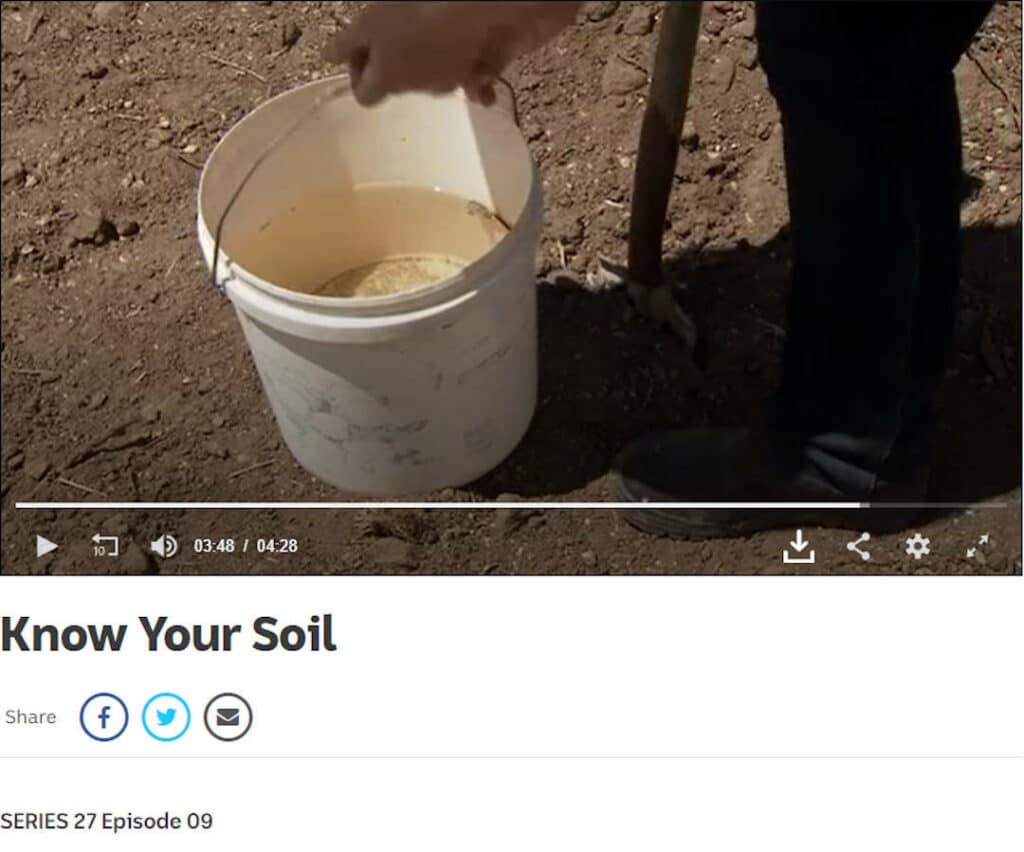
For most gardeners it isn’t feasible to dig out and replace your soil. It is expensive, destroys the soil profile (more about that in the next week or two) and will still need improving. Unless you have contaminated soil you are better to stick with what you’ve got and work on improving it.
You can take the soil you’ve got and improve it. The secret is…
Add organic matter.
Organic Matter is the secret of all good gardeners no matter what their soil type.
Seriously, it is that easy, and here is why…
Compost: For all soils the best, cheapest, long term solution to improving soil structure is adding organic matter. Properly broken-down compost dug into the top 10cm provides slow release organic matter, feeds the microbial creatures, and helps build the soil structure.
Mulch: Mulch protects your soil from heat and erosion and gradually breaks down providing nutrients and structure.
You can use well composted animal manure, green crops or organic composts and mulches.
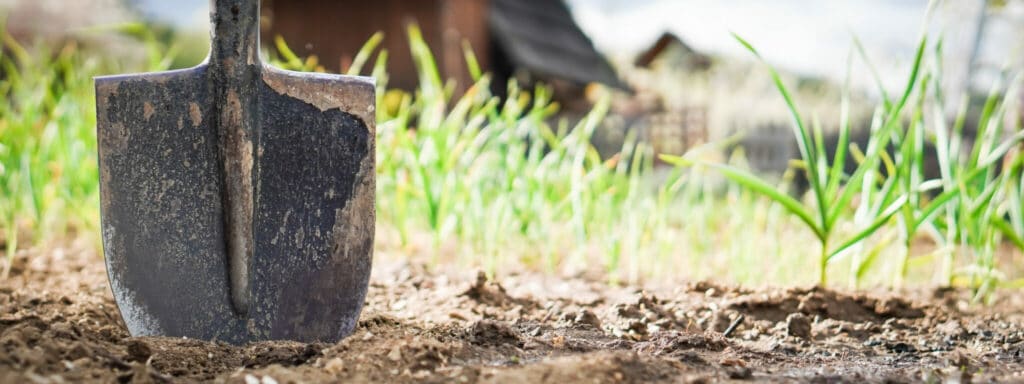
At Jeffries, we make a wide range of organic mulches for different situations which make improving your soil easy.
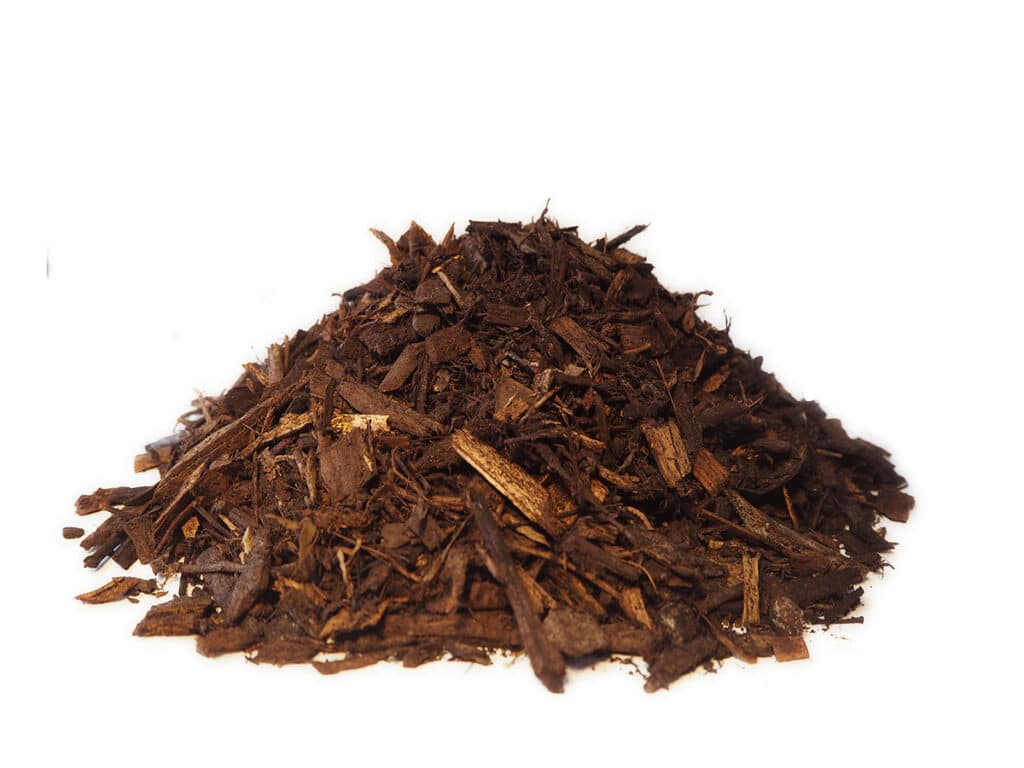
Jeffries Gardeners Choice Mulch is the mulch to use when you want a medium grade, natural looking mulch with some composted organic matter that will condition your soil.
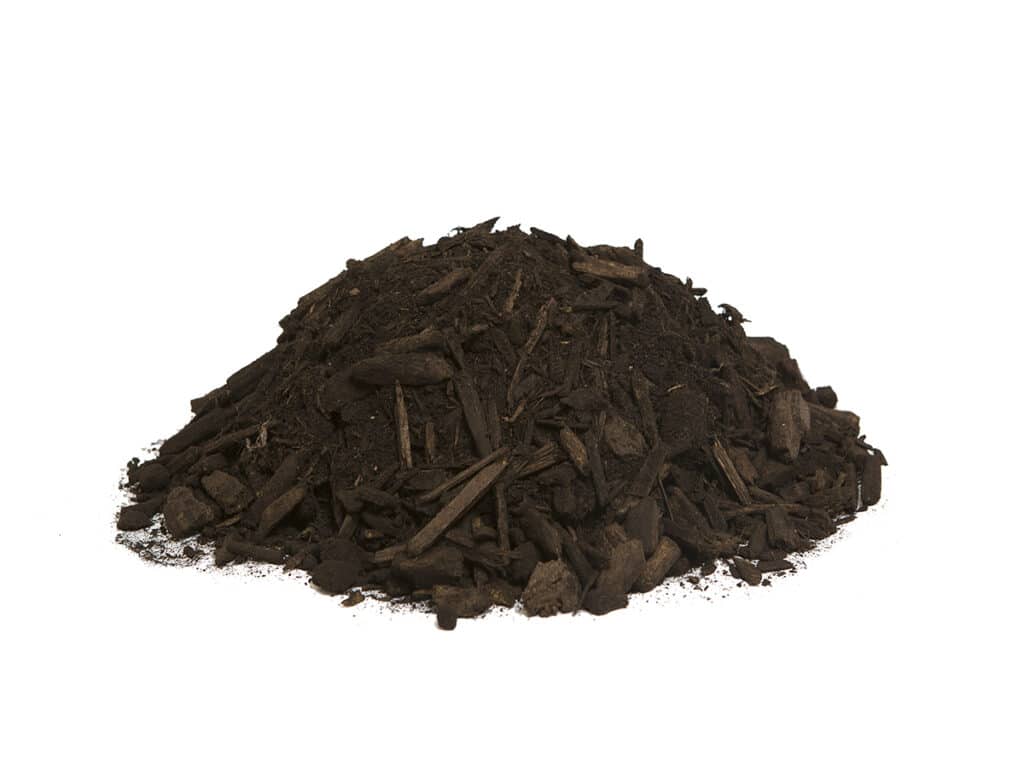
Jeffries Recover Mulch will give a rich, dark finish to your project with the added benefit of Blood & Bone – giving plants an extra boost.
It is a great choice for established garden beds where digging in compost may be difficult.
Jeffries Recover Mulch is available in bulk or in 50L bags.
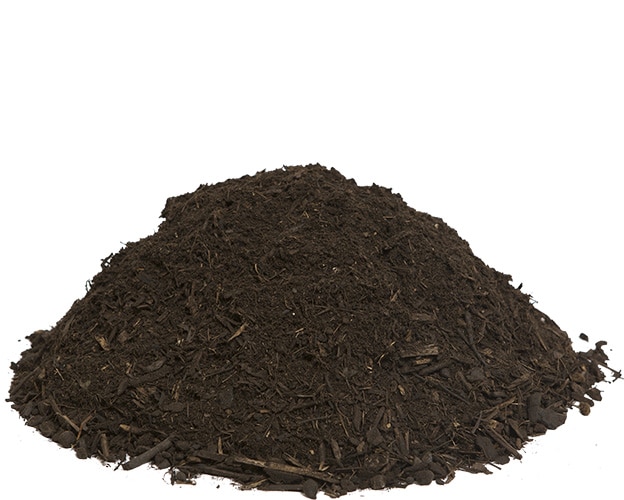
Jeffries Forest Mulch is the one to use when you want a fine grade, natural looking mulch full of composted organic matter that will also condition your soil.
Jeffries Forest Mulch is available in bulk or in 50L bags.
We also make really great compost from recycled organic materials which are full of microbes and help build quality soil all over South Australia.
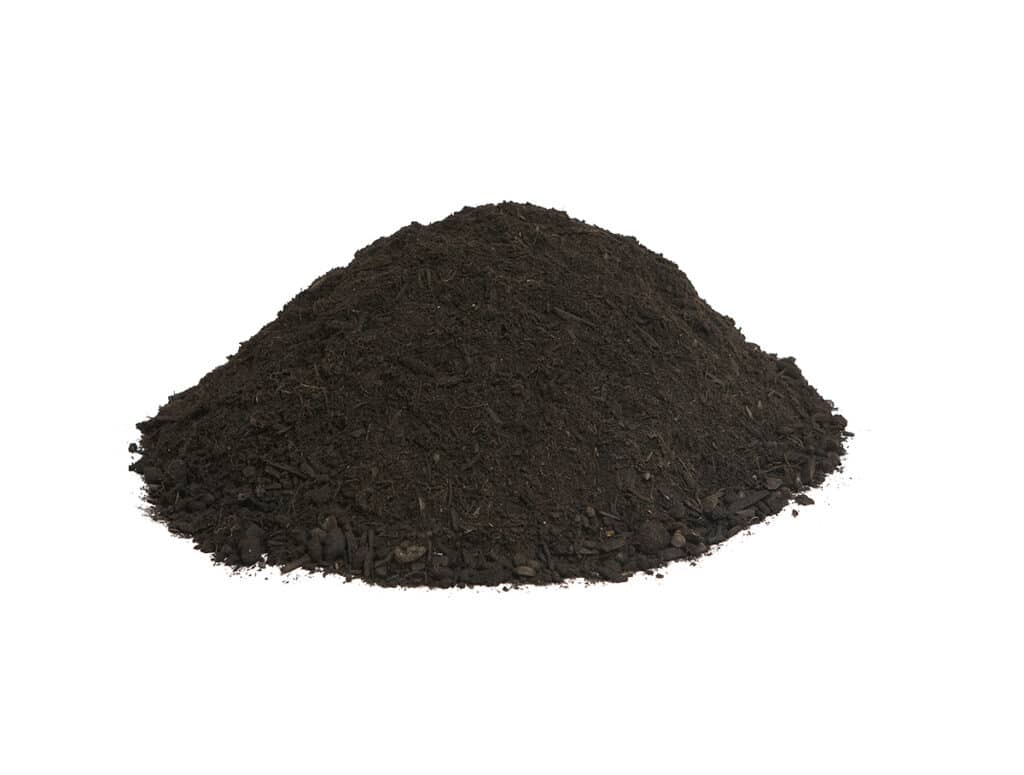
Jeffries Organic Compost can be used as a soil conditioner, can be added to existing soil to build health and is particularly useful in poor or nutrient depleted soil. Jeffries Organic Compost is NASAA certified for Organic Input and Certified to Australian Standards.
It is available in bulk or in 30L bags.
Vili's Family Bakery - Gold Star Recycler “I hate waste!” Vili Milisits, South Australian entrepreneur and owner of the iconic Vili’s Bakery, is...
Jeffries CulChar is the perfect organic fertiliser for garden beds, lawns and native plants: with the added benefits of our secret ingredient.
Jeffries latest innovation, Jeffries CulChar, is a complete, certified organic, slow-release fertiliser, including essential trace elements and minerals. The inclusion of Jeffries BioChar works together with the organic carbon of the included compost as a long-term soil conditioner. Jeffries CulChar is a very complete and cost-effective nutritional offer that is safe to use in direct contact with plants and their root systems.
Let’s take a closer look at how Jeffries CulChar works and compare how it performs next to other organic fertiliser alternatives.
There’s no denying that Jeffries Organic Compost is a useful soil amendment. Among its many benefits, it improves aggregate formation, porosity,...